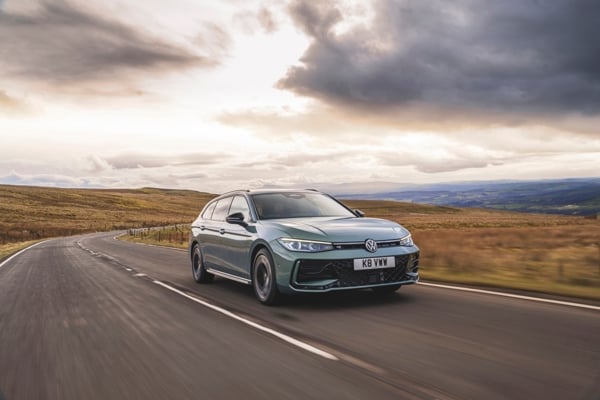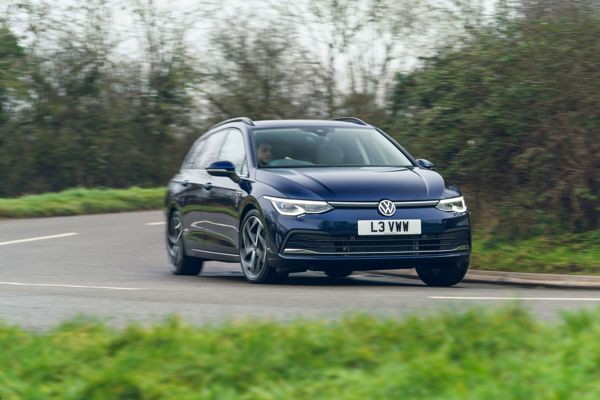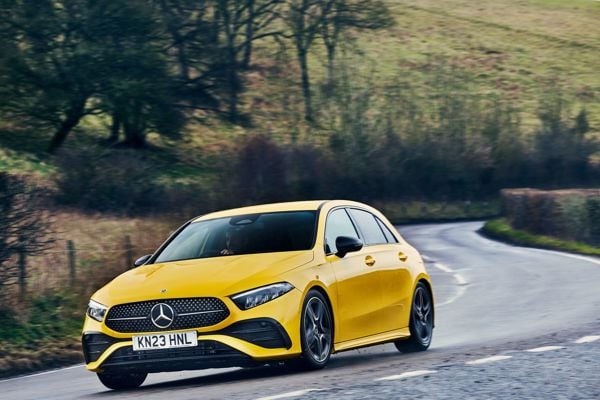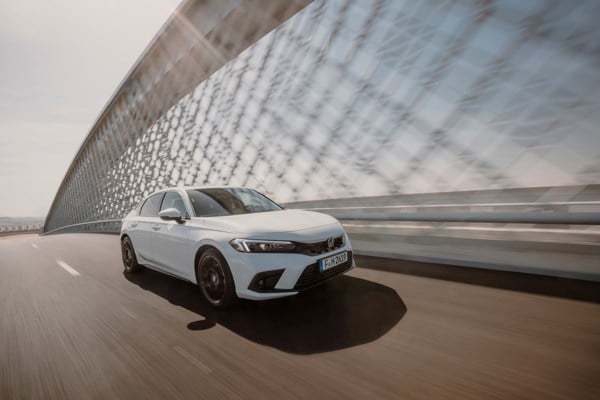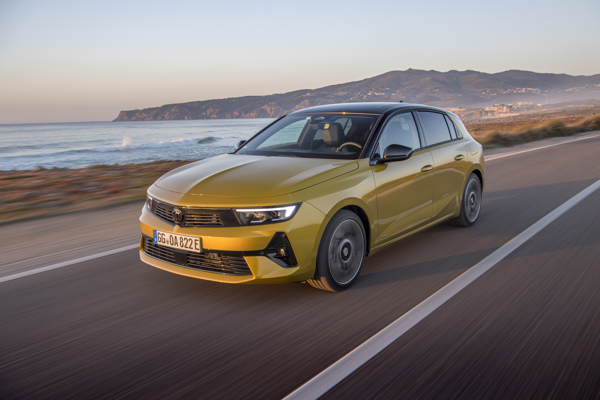Review
The Golf continues to be all the car you'll ever need. It's a great all-rounder, with competitive running costs and a broad range of trim levels and engine options.
Overview
Quite simply, the Golf is a legend. As it celebrated its 50th birthday an updated model – designated ‘Mk 8.5’ – arrived to carry the torch for the most easily-recognised mid-size hatch.
While the launch of the last ‘all-new’ Golf was a little controversial, VW says customer feedback was taken on board when developing the facelift.
The software has been updated, so it’s easier to use. There are proper buttons on the steering wheel, rather than touch sensitive pads. And there is a substantially improved plug-in hybrid engine.
As a top seller in the fleet market, VW has done well to address key criticisms of the car without affecting any of its many positive attributes: safety, efficiency and running costs.
Styling changes are minimal. The Golf looks smart. It’s modern but not offensive. Universal acceptance is a positive attribute for a volume seller.
Pricing starts at £27,760 for the bulky 10-model line-up. There’s a choice of Life, Match, Style, R-Line and Black Edition trims across the five-door hatch and estate bodies. A sporty GTE plug-in hybrid is also available. Further derivatives, including the iconic GTI and flagship R complete the offer.
Comfort and practicality
Everything you need and nothing you don’t. That’s pretty much what the Golf offers. It’s a no-nonsense car that fits the needs of its intended customer perfectly.
There’s a high-quality feel to everything you touch, from the door handle and the key through to the steering wheel and gear selector. Even the base model feels premium inside.
The sportier trim levels come with supportive bucket-style seats and a chunkier steering wheel.
Interior space is more than adequate for a family. Taller drivers will have no problem getting comfortable and both front seats have height adjustment.
Boot capacity is reasonable, but not best-in class. You get 381 litres unless you opt for the plug-in hybrid, which only has 271 litres. The rear seats fold with a 60:40 split and almost lie flat.
Estate models are more capacious, with 611 litres of space.
Safety and technology
The biggest area of improvement in the Golf Mk8.5 is its infotainment system and on-board technology. A new, larger touchscreen occupies the central part of the dashboard and contains all the car’s key features.
The climate controls are permanently displayed in a bar along the bottom of the screen. You can also use the touch-sensitive ‘sliders’ beneath the display to adjust the temperature and audio system volume. Unlike before, these controls are now illuminated at night.
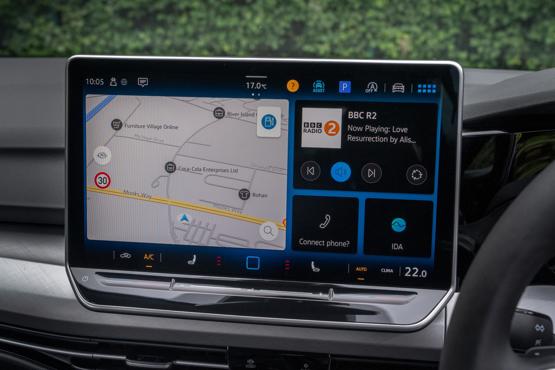
Volkswagen’s new user interface is simple to use and enables quick access to the car’s various infotainment functions and settings. You can also control the system by voice, using a ChatGPT powered system.
Driver assistance systems fitted as standard include adaptive cruise control, lane keeping assist and front and rear parking sensors. A rear-view camera comes on the Match grade and above.
Driveability and efficiency
While there’s still no electric Golf – you’ll need to take a look at the VW ID 3, instead – there’s still a wide range of powertrain choices.
The petrol line-up consists of two 1.5-litre TSI units, developing 115PS or 150PS. Both come with a slick six-speed manual. If you specify an automatic, with either, then the engine gains a mild hybrid system (eTSI).
Fleet customers are likely to be more attracted to the plug-in hybrid. There’s the eHybrid, which has 204PS and GTE with 272PS.
Both are equipped with a 19.7kWh battery, enabling a range of up to 88 miles. The system is paired with a new petrol engine, with a 1.5-litre capacity, that promises greater fuel efficiency than the outgoing model.
In the right conditions, the eHybrid can manage an impressive 72 miles of real-world driving from a single charge. And with a fully depleted battery we were able to achieve 50mpg in the car.
Diesel power is also offered. The 2.0-litre TDI is available in 115PS manual or 150PS automatic guises.
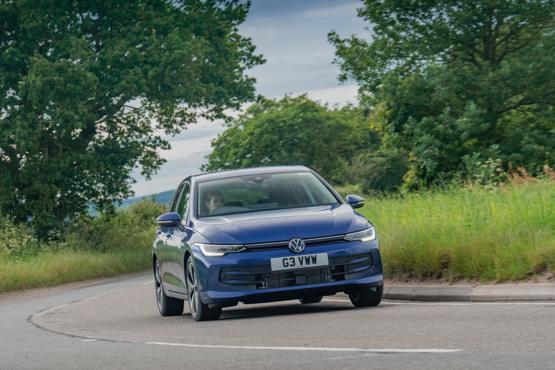
Volkswagen has set the Golf up just right. The entry-level models are quiet, comfortable and easy-to-drive, while sportier variants deliver greater thrills.
The 1.5 TSI provides ample performance and surprisingly good economy. During our test, the eTSI 150 DSG returned 57mpg. It’s a little noisy when pushed hard, not helped by the unflattering engine note, but it most driving conditions things are smooth and refined.
In the diesel we noticed the additional torque makes for a more effortless drive. Engine noise is well supressed and, if you’re really careful, the car returns more than 70mpg.
The eHybrid is the quickest of the ‘standard’ Golf range, managing 0-62mph in 7.2 seconds. It can complete most journeys in 'EV mode', with the engine only bursting into life when you need full power or are travelling a particularly long way.
Even quicker, and still attractive for company car drivers, is the GTE. It uses the same powertrain as the eHybrid, just with a power boost to 272PS. It's enough power to quite easily overwhelm the front tyres, giving the car a more raucous feel. The GTE never really feels like a proper hot hatch, though. You can firm up the suspension and it handles quite well, but we found it best left in comfort mode.
Company car tax and running costs
The new Golf eHybrid and GTE offer the lowest company car tax rates, at just 5%, making them attractive choices for drivers.
Fleet sales have been overwhelmingly geared towards the petrol engine, however. Probably because of its lower starting price.
The eHybrid is priced from £36,140, while a mid-range petrol costs £28,000. While drivers face higher benefit-in-kind tax bills, the ‘regular’ petrol Golf has lower running costs (41ppm) than an electric ID 3 (45ppm).
GTE versions start at a little over £40,000, but they offer just 5% BiK and running costs of 41ppm.
Specs
| Manufacturer | Volkswagen |
| Model | Golf |
| Specification | Volkswagen Golf Hatchback 1.5 TSI Life 5dr |
| Model Year | 2024.00 |
| Annual VED (Road tax) | £440 |
| BIK List Price | £27,515 |
| CO2 | 121g/km |
| BIK Percentage | 29% |
| Insurance Group | N/A |
| CC | 1,498 |
| Fuel Type | Petrol |
| Vehicle Type | Medium car |
| Luggage capacity (Seats up) | 381litres |
| Doors | 5 |
Running Costs
| P11D | £27,515 |
| Cost per mile | 43.71ppm |
| Residual value | £10,675 |
| Insurance group | N/A |
| Fuel Type | Petrol |
| Cost per mile | 117.82ppm |
| Fuel | 12.30ppm |
| Depreciation | 105.45ppm |
| Service maintenance and repair | 0.07ppm |
Rivals
Info at a glance
-
P11D Price
£27,515
-
MPG
54.3 (WLTP) -
CO2 Emissions
121g/km -
BIK %
29% -
Running cost
3 Year 60k : £10,675 4 Year 80k : £8,575 -
Fuel Type
Petrol



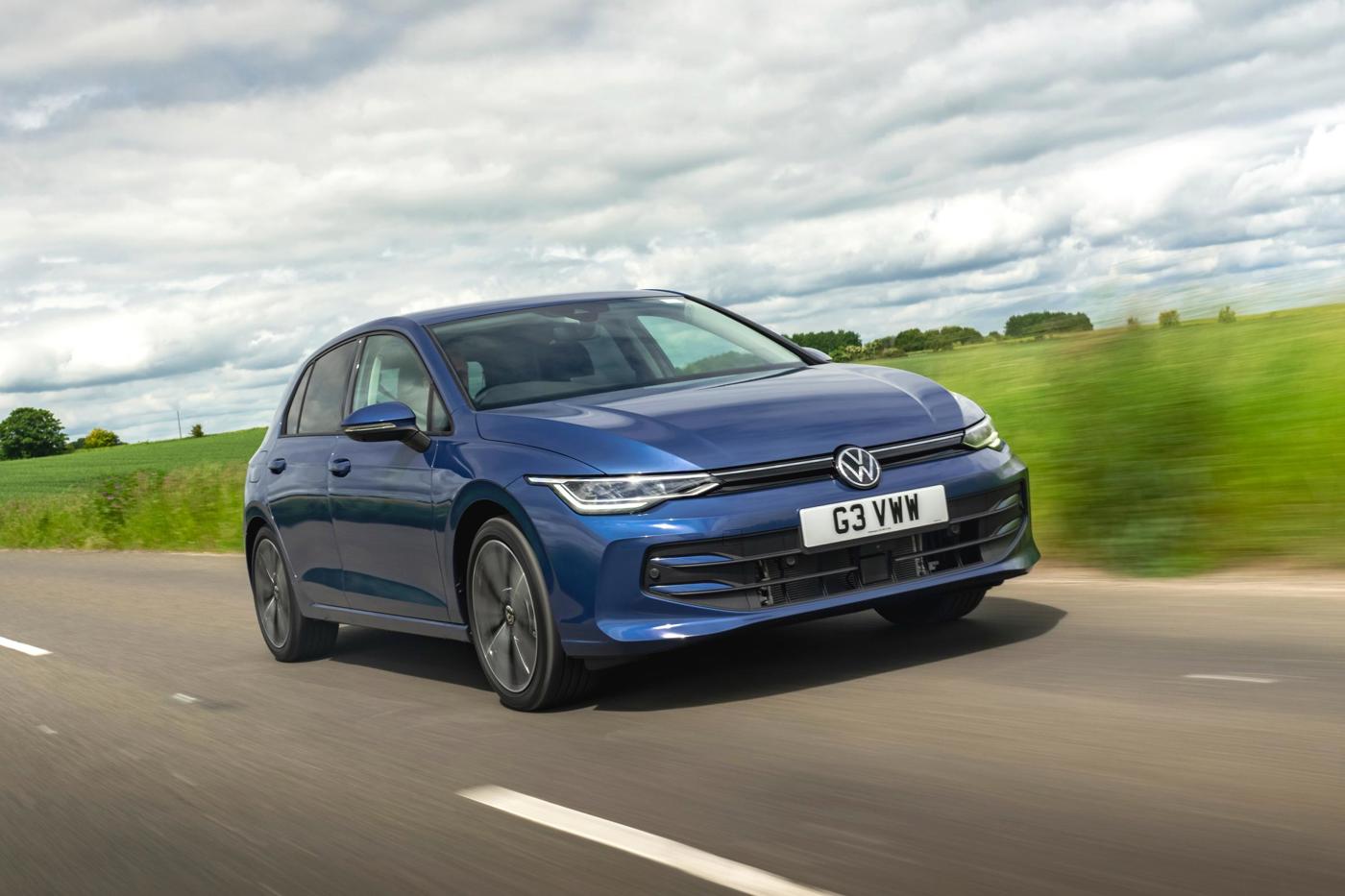


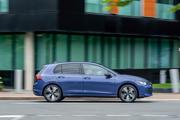

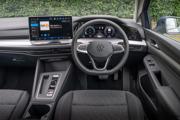


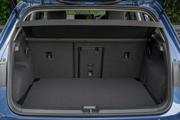


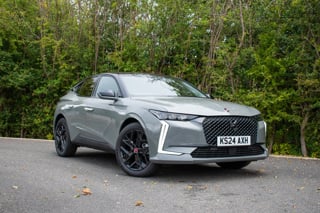

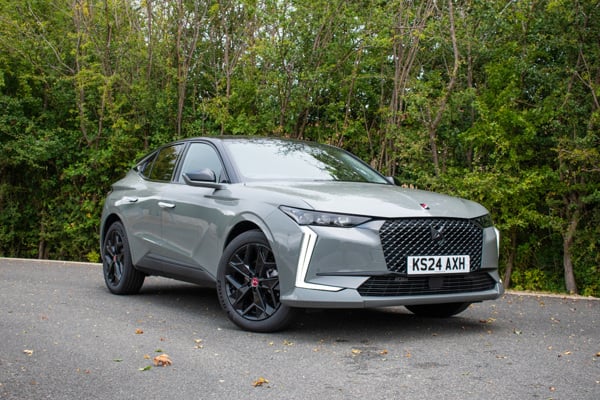
 Petrol
Petrol
